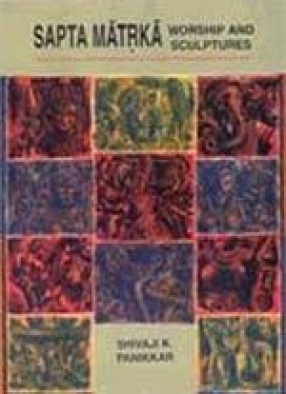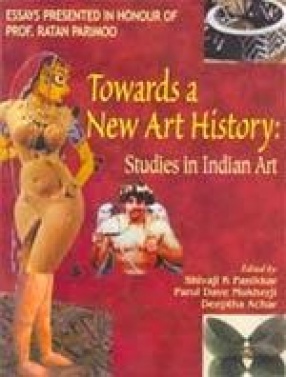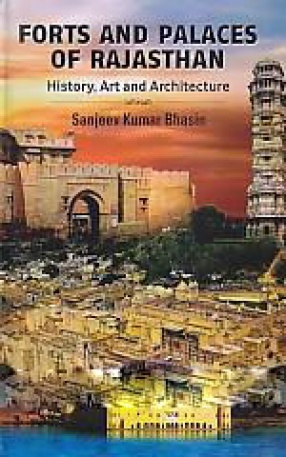The worship of Saptamatrka; the seven Mother Goddesses (or the seven Saktis the divine feminine powers), is over a millennia and half old, pan-Indian phenomenon. And, over the centuries, the Matrka concept has come to have varied ideational, literary visual and ritualistic manifestations–which not just interconnect the totality of Brahmanical and non-Brahmanical religious traditions, but are integral components of the diverse historical processes of Indian society. A reputed scholar of art history here offers an insightful iconological study of Saptamatrka divinities : the Brahmanical goddesses found invariably as a single collective whole, consisting literally of seven (though sometimes eight or more) female deities, variably accompanied by different forms of Siva, and Ganesa or Skanda. Employing the multidisciplinary methodologies of art historical interpretation, including the recent feminist interventions, Dr. Panikkar’s inquiry contextualises nearly the whole range of Saptamatrka icons within the larger historical evolution of accultured Brahmanical religion, mythology, theology and concomitant multifarious cultic developments. Also clarifying some of the basic principles of Brahmanical iconic tradition, his study has, for the first time, exceeded the accepted art historical procedures by incorporating the questions of class conflict, gender ‘representations’ and ideology within the iconological discourse–and has, thus, advanced the frontiers of art historical practice. It is a compelling, painstakingly researched work growing from the author’s indepth survey of diverse Saptamatrka sculptures and an astonishing mass of both primary textual sources and research publications of more recent years. And, yet more significantly, it is enlivened with exquisite visual material: comprising nearly 200 photographic reproductions.
Twentieth-Century Indian Sculpture: The Last Two Decades
In the 1980s and '90s Indian ...
$97.20
$108.00






There are no reviews yet.